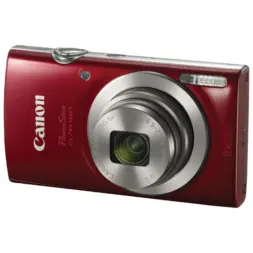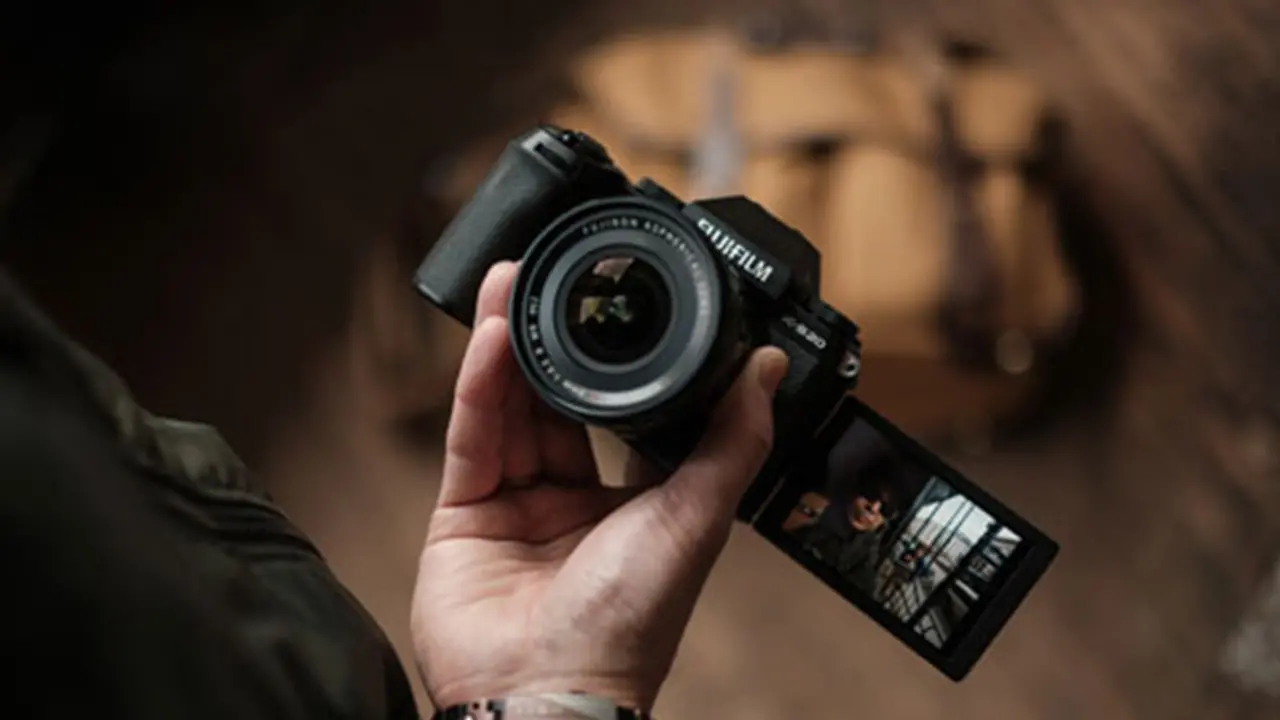
For many, the charm of TikTok lies in its rawness, the sheer realness of its content. Gen Z, in particular, has shown a proclivity towards authenticity. They aren’t just seeking HD content—they’re after genuine moments that resonate, moments that feel unscripted. This quest for authenticity is drawing creators back to digital cameras, with their unique grainy touch and candid appeal. This isn’t about achieving the perfect shot but capturing the real, unfiltered world around them.
The allure of grainy content and camera lenses
In a digital age saturated with polished, ultra-HD content, there’s an unexpected trend pulling in the opposite direction: the allure of grainy, seemingly “imperfect” visuals. This gritty aesthetic, reminiscent of the analog era, has become a powerful tool of storytelling, especially among the Gen Z. But why does this visual style resonate so profoundly?

Firstly, grainy content evokes a sense of nostalgia. Even if Gen Z did not grow up in the era of analog cameras, the textured and slightly faded visuals recall older family photos or movies from the past, giving a timeless feel to the content. Secondly, grain adds character. Every speckle, every inconsistency, feels like an echo of real life. It challenges the highly-filtered, picture-perfect images that were once the gold standard of online content.
Camera lenses play a crucial role in achieving this effect. Older lenses, or those designed to provide a more ‘vintage’ feel, can introduce a natural grain or softness to the footage. Even modern DSLR and mirrorless lenses can be adjusted in ways that allow for more texture, especially in lower light conditions. Pairing these lenses with specific camera settings can enhance the grainy effect, making content feel even more grounded and authentic.
Why digital cameras resonate with Gen Z on TikTok
By embracing digital cameras, Gen Z is signaling a broader shift in content creation. It’s not just about the end product but the process, the intent, and the story behind each shot. In an era of digital saturation, returning to the roots with digital cameras has become a profound way to connect, share, and stand out. In understanding why digital cameras have found such resonance among Gen Z TikTok creators, it’s essential to recognize the shifting values of this generation, especially concerning content creation and consumption.

Cultural shift towards authenticity: Gen Z, more than any other generation, values transparency and genuineness. They’ve grown up in a world where digital manipulation is rampant, from photoshopped magazine covers to face-tuned selfies. This constant exposure to “perfected” images has fostered a yearning for the real and unedited. Digital cameras, especially older models or those without extensive post-processing features, offer this rawness by default.
Embracing imperfections: Whether it’s lens flare from an action camera or the slight grain from a high ISO setting, these “imperfections” have become synonymous with authenticity. Instead of detracting from the content, they add layers of texture that Gen Z appreciates.

Physical connection: While smartphones are incredibly convenient, there’s something tactile about using a DSLR or mirrorless camera. The act of holding the camera, adjusting the settings, and framing the shot creates a more mindful and connected experience with the content.
Diverse creative options: Digital cameras, with their varied lenses and settings, provide a playground of creativity. Whether it’s experimenting with depth of field using different camera lenses or playing with shutter speed for unique effects, there’s a flexibility that often exceeds that of smartphone cameras.

Nostalgia and the vintage appeal: There’s a certain vintage charm associated with digital cameras, especially point-and-shoot or instant cameras. Even if Gen Z didn’t grow up with these cameras as the primary tool, there’s a collective memory, often passed down or observed through older content, that gives these devices an old-school allure.
Standing out from the crowd: In a sea of smartphone-shot content, using a digital camera can provide a unique edge. The subtle differences in colour grading, focus, and even the occasional imperfections can make content stand out on platforms like TikTok.
The beauty of unrefined content
Unrefined content is about more than just aesthetics; it’s a statement. It tells viewers, “This is the world, unedited.” In an era where so much of what we see online is carefully curated, there’s a deep-seated desire to witness genuine moments. For Gen Z TikTok creators, authenticity is paramount. This generation is acutely aware of the “highlight reel” nature of social media. They’ve grown up understanding that digital platforms often showcase an idealized version of life. As a response, they gravitate towards content that feels genuine, spontaneous, and sometimes, imperfect.

This shift towards the authentic is not just a trend but a call for honesty. It’s about showcasing the highs and lows, the triumphs, and the mundane. It’s laughing at outtakes, celebrating impromptu moments, and acknowledging that life, in all its messy glory, is worth sharing. Unrefined content also levels the playing field. It sends a message that you don’t need a high-end studio or professional editing skills to tell a story that resonates. A simple digital photo camera, an unscripted moment, and the courage to share are all it takes.
In embracing the unpolished, Gen Z TikTok creators are redefining what it means to connect online. They’re building communities based on shared realities, on the understanding that everyone, no matter how seemingly ordinary, has a story worth telling. The resurgence of digital cameras on platforms like TikTok speaks to a larger narrative—a longing for the real in a digital age. As Gen Z continues to champion authenticity, we can anticipate a further embrace of tools and mediums that mirror this ethos.
This article was drafted using AI technology and then reviewed, fact-checked, and revised by a member of our editorial team.





